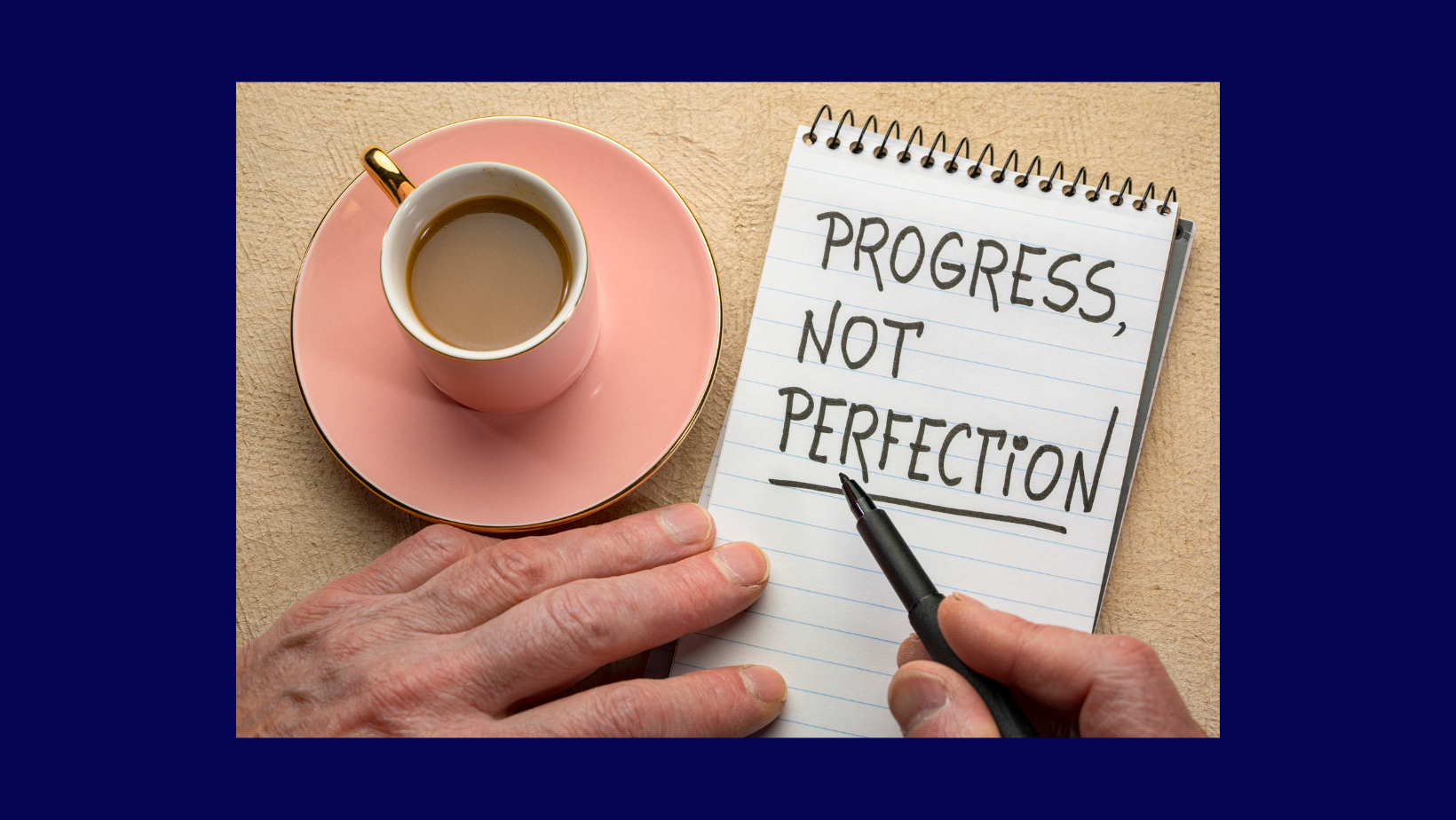Delivering a keynote – the scariest experience
of speaking?
To be good at speaking, you have to speak. What stops us? And how can we get used to delivering a keynote?

I remember one of the first times I was asked to speak at an event. I was new to a job after leaving university, and this wasn’t a voluntary thing. Oh no. Quite the contrary.
My boss at the time said I had to get used to speaking to groups, and he had been approached by the local WI (in Blackpool). And so, I was duly dispatched.
A lamb to the slaughter?
Well, don’t let anyone tell you that the WI are a bunch of quiet, passive do-gooders. To the 21-year-old woman I was, these were feisty, opinionated and lively women who, as I look back, were also supportive and generous.
I survived.
I went on to speak at many events, and of course, I also support others who wish to (or are asked to)
What do I remember about that event, though?
What an amazing boss who knew that to be good at speaking, you had to speak. Doesn’t matter where or to who…get those practice hours in.
Mastery of any craft comes through repetition.
Speaking in public especially, is a skill you can read about, watch, and listen to podcasts and training videos and yet, you will only master it when you do it.
What stops us from doing this?
Often it is a desire to be perfect when delivering a keynote. Many people only feel ready to speak when they know exactly what they are talking about and when they know they can do it perfectly.
However, perfection is often the enemy of action.
Don’t wait
If we wait until we know the Nth degree of information, have designed the perfect slides or can deliver it word perfectly and without any stumbles, we might never get to the point of standing up. I have known clients who have remained silent because they have been overwhelmed by the desire to be perfect. Clients who have missed deadlines or allowed preparation to take over their lives in search of perfection. Some lose sleep in the fear that they won’t be perfect.
Mark Twain has noted that “Continuous improvement is better than delayed perfection.” This can be a game changer. Approaching our talks and presentations as a part of the journey towards mastery of this life skill can shift where we put our energy. It gives us a longer time frame. It means that we can review each talk and build our skills and confidence one step at a time. Each presentation you deliver is the base for the next iteration of your talk.
But don’t jump in at the deep end when delivering a keynote
This doesn’t mean that we necessarily jump in at the deep end. My boss sent me to the WI, where the stakes were low and the risk minimal. He didn’t send me to the annual company conference of 500 people made up of key stakeholders. I was able to make my mistakes and do my learning in a safe environment.
You can have practice runs
A recent client had a presentation to deliver to 50 people, all within her own company and all either at her level or lower. We decided to use this as her safe practice run for a bigger presentation coming up in the autumn. This presentation is to the CEO, senior managers and stakeholders and could be a career maker/breaker of a talk. In between these two talks, we have planned several others where she can build up skills, confidence and self-management of nerves and anxiety.
Taking the active decision to plan in this development is key to becoming a better speaker, to delivering a keynote, and much more likely to result in being a confident and effective speaker than relying on chance to provide you with opportunities.
The most effective step we can all take to get good at this thing called Public Speaking is to be prolific. Whoever and whatever you are talking about provides the ground for the seeds of skills, familiarity and experience.
It is essential to know what you are being asked to speak about and what it is meant to achieve
My maiden keynote was all over the place, with no direction or focus. I had listed lots of information about the company, the organisation, and the products ( I was in retail). What I didn’t do was think of a theme, a message or what I wanted the audience to take away. Even worse, when I look back all these years, I didn’t even consider the audience and what they would most like to know. I vividly remember closing my talk and asking if there were any questions, and the only questions were about how lovely my dress was and if they could buy it in-store. (embarrassingly, the dress was from a competitor!)

What are you going to speak about when delivering a keynote?
Knowing what you are being asked to speak about sounds common sense, and I think we all know that standing up and talking about something you don’t know well is a recipe for disaster. We don’t always have to know everything, though. What we need to know if what is relevant and necessary for the audience to hear and what we need them to take away afterwards that results in action.
People often mix up content with the message when delivering a keynote. Focusing on content results in far too much being verbally downloaded and much of that going in one ear and out of the other. Too much focus on content without understanding why it needs to be delivered means that your audience will miss the point, not hear what is most important and may even disengage.
Defining a clear message, on the other hand, means that you cherry-pick the content to support it. You formulate that message based on an understanding of the needs, wants and experiences of the audience. Your audience takes away something that transcends the content – something that is far more memorable and has more impact. You don’t need to know everything, but your talks are clearer, more concise and often more compelling.
It wasn’t brilliant, but it wasn’t a disaster either
Without a doubt, standing up to speak in public means putting your head above the parapet. Speaking out means making yourself visible. It is rarely life and death, though. While some talks will be the talks of your life – maybe getting a new job depends on it, your ideal clients are in the audience for example, the honest truth is, most times it is not a disaster, more a missed opportunity.
A good example of this is someone who recently was explaining how they hated doing their elevator pitch at a networking event. They had built this ‘pitch’ up into a massive deal. They were anxious, had spent an inordinate amount of time preparing it and were having sleepless nights. It is true that delivering this succinctly and well would mean that people would understand what they did, could look for suitable referrals and spark enough interest to follow up with one-to-one conversations.
Not doing it well wouldn’t be the end of the world, though. After all, it is 60 seconds of a two-hour networking meeting. There would be many other opportunities to reach out, make a good impression, get to know others and make an impact.
Keep the perspective
Retaining a degree of perspective about our speaking is essential. Of course, learning to do it well can be life-changing – for you and for your audience potentially. Times when it doesn’t go as well as planned, are always opportunities to learn and rarely the disaster we think they are.
In my case, that less-than-perfect presentation happened to ignite a love of speaking (I just had to learn a lot)
If you’d like help with delivering a keynote, let’s chat – get in touch.
